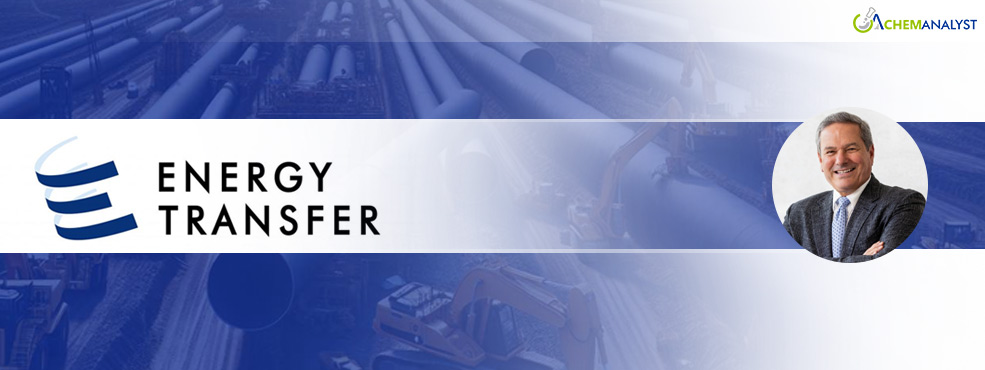Energy Transfer Announces Pipeline Project in Permian Basin
- 10-Dec-2024 11:30 PM
- Journalist: Robert Hume
Energy Transfer LP has officially announced the final investment decision (FID) for the construction of an intrastate natural gas pipeline that will connect the prolific Permian Basin production region to some of the most strategic markets and trading hubs in the United States. The new pipeline, formerly referred to as the Warrior Pipeline, will now be called the Hugh Brinson Pipeline in honor of Energy Transfer’s late executive, Hugh Brinson. This major infrastructure project is expected to significantly enhance natural gas transportation capacity from the Permian Basin.
The Hugh Brinson Pipeline will be built in two phases. The first phase involves the construction of approximately 400 miles of 42-inch pipeline, with an initial capacity of 1.5 billion cubic feet per day (Bcf/d). This phase will connect the Waha hub in the Permian Basin to Maypearl, Texas, located south of the Dallas/Fort Worth metroplex. From Maypearl, the pipeline will link to Energy Transfer’s vast network of pipelines and storage infrastructure. The company expects to have Phase I operational by the end of 2026.
As part of Phase I, Energy Transfer will also construct the Midland Lateral, a 42-mile, 36-inch lateral pipeline. This lateral will provide crucial connections for Energy Transfer and third-party processing plants in Martin and Midland Counties, linking them directly to the new Hugh Brinson Pipeline. The overall costs for both Phase I and Phase II of the project are estimated to be around $2.7 billion.
Phase II will involve the addition of compression facilities to increase the pipeline’s capacity to 2.2 Bcf/d. Depending on market demand and shipper commitments, Phase II could be constructed concurrently with Phase I. Energy Transfer has secured strong, long-term, fee-based commitments from high-quality counterparties, ensuring the financial stability and sustainability of the project.
In a statement, Energy Transfer emphasized the importance of the project. "The Hugh Brinson Pipeline is a critical step in ensuring that the Permian Basin’s abundant natural gas resources can be efficiently transported to meet both current and future market demands,” said Tom Long, CEO of Energy Transfer. “With strong long-term commitments and strategic access to a range of markets, this project will help strengthen Energy Transfer’s position as a leading energy infrastructure provider.”
“The Hugh Brinson Pipeline will not only serve the growing natural gas demand in Texas but will also provide shippers with greater flexibility and access to key energy markets such as Carthage and Katy, as well as other hubs throughout the state,” said Marshall McCrea, Chief Operating Officer at Energy Transfer. “This infrastructure is particularly vital for the continued growth of power plants and data centers, which are expanding rapidly in Texas.”
Energy Transfer's vast pipeline network, spanning over 130,000 miles and serving 44 states, is already one of the largest and most diversified in the country. The company’s infrastructure connects major production basins and plays a critical role in the transportation and storage of natural gas, crude oil, and NGLs (natural gas liquids). With the addition of the Hugh Brinson Pipeline, Energy Transfer is poised to further solidify its leadership in the energy sector, particularly in the rapidly growing Texas market.


